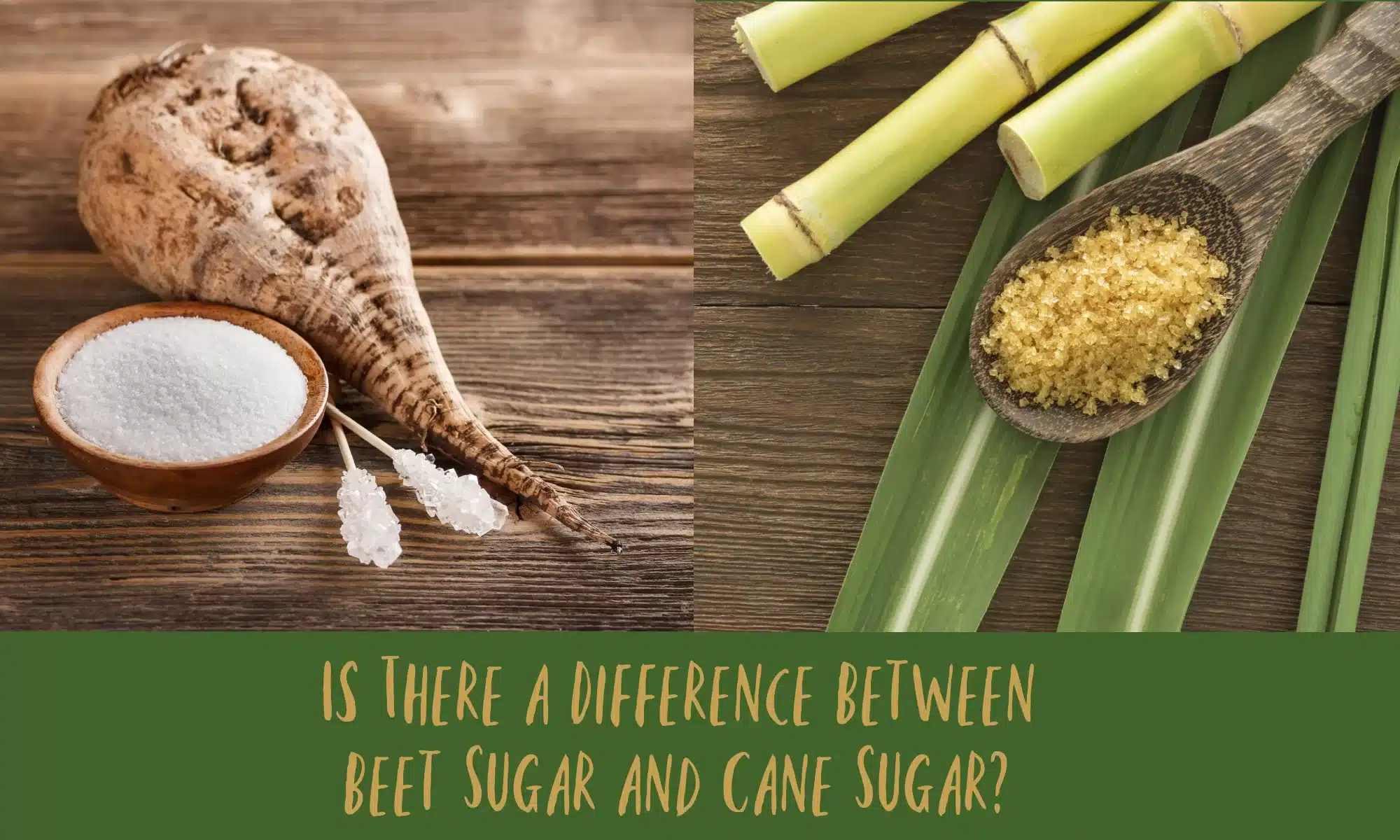Producers consider beet sugar vs cane sugar when choosing sweeteners for different food products.
Producers consider beet sugar vs cane sugar when choosing sweeteners for different food products.
Blog Article
Discover the Uses and Advantages of Beet Sugar Vs Cane Sugar in Your Daily Diet Regimen
Exploring the distinctive qualities of beet and cane sugar exposes greater than just their sweetening capabilities; it highlights their one-of-a-kind influence on wellness and cookeries. Beet sugar, understood for its refined flavor, is usually favored in fragile desserts, whereas cane sugar, with its tip of molasses, adds richness to durable recipes. Each type holds its own dietary account and glycemic implications, inviting a deeper understanding of their roles in a well balanced diet and sustainable intake practices.
Beginning and Production Processes of Beet and Cane Sugar

The distinctive climates and dirt types required for expanding sugar beets and sugarcane add to differences in their growing methods and geographic distribution, influencing the business economics and sustainability of their manufacturing. beet sugar vs cane sugar.
Nutritional Contrast Between Beet Sugar and Cane Sugar
In spite of stemming from different plants, beet sugar and cane sugar are nutritionally really similar, both mainly containing sucrose. Each gives about 4 calories per gram, translating to approximately 16 calories per teaspoon. Structurally, both sugars are composed of approximately 99.95% sucrose, with very little quantities of various other materials like moisture and trace minerals, which do not dramatically modify their nutritional profiles.

Eventually, when selecting in between beet sugar and cane sugar based on dietary content alone, both offer the same advantages and downsides as they are basically forms of the same particle-- sucrose, giving quick power without various other nutrients.
Influence On Health: Glycemic Index and Caloric Content
Exploring even more right into the results of beet sugar and cane sugar on health, it is very important to consider their glycemic index and calorie web content. Both sugars are categorized as sucrose, browse around these guys which contains sugar and fructose. This make-up leads them to have a similar influence on blood sugar level degrees. The glycemic index (GI) of both beet and cane sugar is around 65, categorizing them as high-GI foods, which can trigger fast spikes in blood sugar levels. This is an important aspect for individuals taking care of diabetes mellitus or those attempting to stabilize their energy degrees throughout the day.
Each type of sugar consists of around 4 calories per gram, making their caloric content matching. For those checking caloric consumption, specifically when managing weight or metabolic health problems, understanding this equivalence is crucial (beet sugar vs cane sugar). Too much consumption of any type of high-calorie, high-GI food can contribute to health problems such as excessive weight, heart illness, and insulin resistance.
Environmental and Economic Factors To Consider of Sugar Production
Beyond wellness impacts, the manufacturing of beet and cane sugar likewise raises significant environmental and economic concerns. Sugar you can try these out beet growing has a tendency to call for cooler environments and has a lower geographical impact contrasted to sugar cane, which flourishes in tropical regions.
Additionally, using chemicals and fertilizers in both beet and cane sugar farming can lead to soil degradation and pollution, more impacting biodiversity and local water bodies (beet sugar vs cane sugar). The option between growing sugar beet or cane typically rests on regional environmental conditions and financial aspects, making the sustainability of sugar manufacturing an intricate concern
Culinary Applications and Taste Differences
While more tips here the ecological and economic facets of sugar manufacturing are indeed considerable, the selection in between beet and cane sugar also influences culinary applications and taste accounts. Beet sugar, acquired from the sugar beet plant, is recognized for its incredibly neutral preference. This makes it a functional ingredient in cooking, where it does not modify the taste of other elements. It dissolves rapidly and is suitable for usage in cakes, cookies, and breads.
Walking cane sugar, drawn out from sugarcane, frequently keeps molasses traces, which give a distinctive splendor and depth. This mild molasses flavor improves the complexity of baked items, sauces, and sauces. It is specifically favored in products where a caramel touch is preferred, such as in brownies or gingerbread. Moreover, the small variant in dampness material between beet and cane sugar can affect the appearance and consistency of meals, making cane sugar a recommended option for details recipes that profit from its special residential or commercial properties.

Conclusion
Finally, both beet and cane sugar have distinct origins and manufacturing processes, providing similar nutritional accounts with mild differences in sodium material and taste. While their effect on wellness, especially relating to glycemic index and calories, is comparable, the choice in between them typically steams down to environmental, economic elements, and details cooking requirements. Understanding these aspects can assist consumers in making informed decisions that line up with their health and wellness objectives and flavor choices.
Report this page